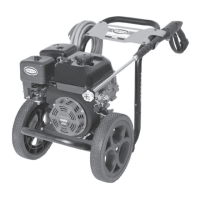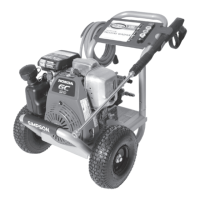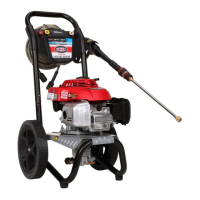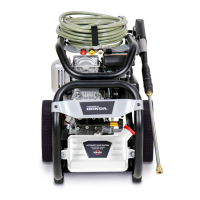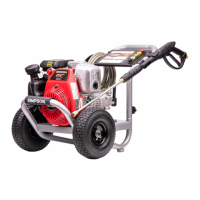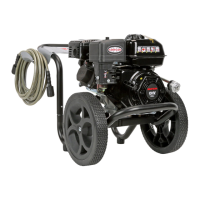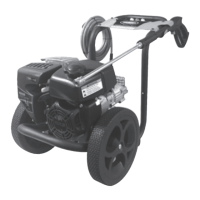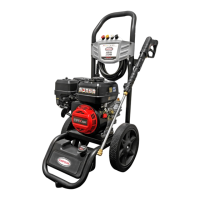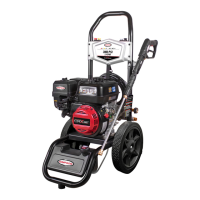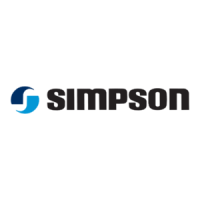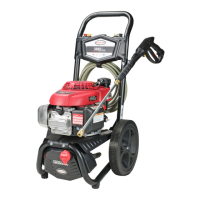INSTRUCTION
MANUAL
MODEL
MS60805
Part No. 7108603 REV. 2 Sep 2022
If your pressure washer is not working properly or if there are parts missing or broken,
please DO NOT RETURN IT TO THE PLACE OF PURCHASE. Contact our Customer
Service Department at 1-877-362-4271 or www.simpsoncleaning.com
SAVE THIS MANUAL FOR FUTURE REFERENCE
3000 PSI
2.4 GPM
IMPORTANT: Please make certain that the person who is to use this equipment carefully
reads and understands these instructions before operating.
PREMIUM PRESSURE WASHER


